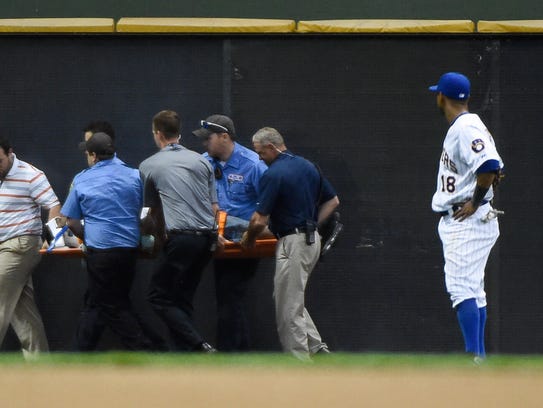Are MLB facilities safe enough?
But the questions regarding rail height feed into a classic debate about safety regulations and the responsibility of individuals: Is it worth raising rails or adding other safety measures to sometimes save people from themselves, even if such incidents are rare? They also noted that the rail heights there at 30 inches tall exceeded minimum code standards for seated areas.
The current railing height standard is a minimum of 42 inches in places where there’s a fall of at least 30 inches, according to the International Building Code cited by the lawsuit against the Braves.
That’s why the Braves and other parks can say they exceed the building code minimums for front-row seats if the rails in front of them are around 30 inches tall.
 They also cite actions taken by the Texas Rangers, who raised front-row railings at Globe Life Park in Arlington to at least 42 inches after another falling death in 2011.
They also cite actions taken by the Texas Rangers, who raised front-row railings at Globe Life Park in Arlington to at least 42 inches after another falling death in 2011.
The suit against the Braves says the Braves and MLB “chose to rely on a 1920s-era building code” that allows rails to be as low as 26 inches if the spectators are seated.
Other sports have had similar rare fall issues involving front-row railings, including at a college football game at the Georgia Dome in 2012, when a fan died after falling over a 33-inch railing.
Despite some falls, the suit against the Braves said “no other baseball team indicated it would follow the Rangers’ lead and raise all railings in front of seating sections to 42 inches.” It’s not uncommon for stadiums have front-row railings lower than 42 inches, although only a few baseball teams responded to a survey from USA TODAY Sports about rail heights, including three that only would say their stadium meets or exceeds code requirements.
Schuerholz also noted then that Turner Field’s 30-inch rail heights exceeded the minimum code and that Murrey’s death was a rare incident.
